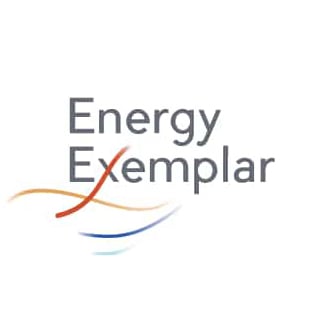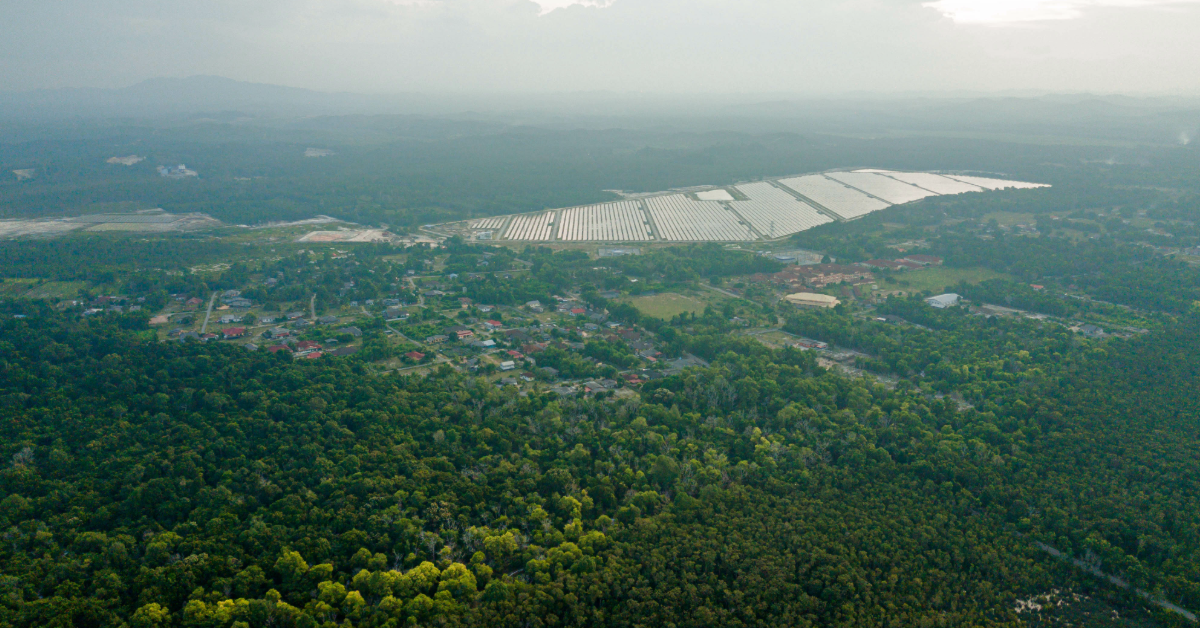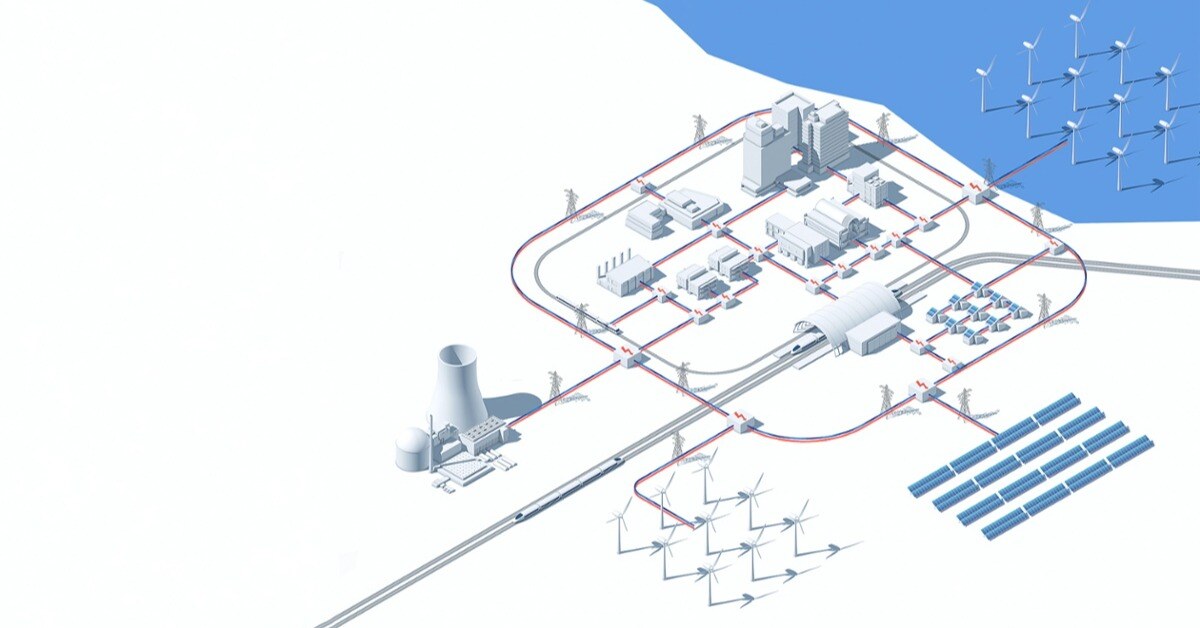Southeast Asia Energy Development & Utility Company Ensures Grid Resource Adequacy with PLEXOS®
This case study focuses on a state-owned energy development company that is the primary vertically integrated power utility in its region in...
4 min read
 Team Energy Exemplar
:
October 9, 2024
Team Energy Exemplar
:
October 9, 2024

The Midcontinent Independent System Operator (MISO) is one of seven regional transmission organizations (RTOs) and independent system operators (ISOs) in the U.S. that are responsible for the safety, reliability and security of the electricity grid. One of the largest grid operators in the world, MISO’s service territory spans more than one million square miles. It serves 45 million people in 15 U.S. states and the Canadian province of Manitoba.
In addition to managing the flow of electricity across 75,000 miles of high-voltage transmission lines, MISO also runs an energy market that clears more than $40 billion in transactions each year and serves around 500 market participants, 54 transmission owners, 145 non-transmission owners and nearly 3,000 generating units.
MISO’s system footprint is extremely large from a modeling point of view. The models include 15 to 30 weather years’ worth of data, as well as data from 10 local resource zones (LRZ). LRZs are designated areas within MISO’s service territory that are used to manage the electric grid and ensure resource adequacy. MISO sets capacity requirements for each LRZ based on transmission constraints and regional demand, with each zone responsible for meeting its capacity needs.
MISO utilizes both a resource adequacy model, also known as a loss of load expected (LOLE) model, and a capacity expansion model. While this case study is focused on resource adequacy planning, it’s important to note that the LOLE modeling informs the capacity expansion modeling and vice versa.
LOLE is a resource adequacy metric that measures the average length of time that available generation capacity is likely to fall short of load demand. MISO defines LOLE using the North American Electric Reliability Council’s (NERC) standard of one day of loss of load in 10 years. Recognizing that LOLE levels will vary based on the time of year, MISO further refines its resource adequacy projections by evaluating the LOLE on a seasonal basis.
MISO uses its resource adequacy model to improve the accuracy of its resource accreditation estimates. These estimates measure and assign a capacity value to a resource based on its contribution to system reliability during periods of high risk. MISO members, in turn, use these estimates to inform their own resource planning.
With integration of renewables on the grid increasing and the number of extreme weather events on the rise, maintaining the reliability of the electric system is more complicated than ever before. MISO is not immune to these complications, so it developed a roadmap to address system reliability attributes by exploring a variety of near-term risk factors.
While traditional resource adequacy modeling focuses on random forced outages based on historic forced outage rates, MISO utilized the PLEXOS® platform — an advanced modeling platform that helps energy organizations manage increasingly complex energy systems — to develop an enhanced resource adequacy model that considers the following:
Because probabilistic analysis using sequential Monte Carlo techniques accurately captures uncertainty risk, MISO uses enhanced resource adequacy modeling to determine how incorporating certain risk factors will change the LOLE and risk profile.
For the 2023 planning year, for example, MISO first calibrated its LOLE model to the NERC standard of one day of loss of load in 10 years. The study then incorporated historical outage and temperature data from 2017 through 2021 at the LRZ level. It found a strong correlation between historic outages and low temperatures in most of its LRZs. As a result, when simulating weather years with particularly cold winters in PLEXOS, the model now simulates an increase in system outages as temperatures decrease.
MISO saw similarly strong correlations when investigating fuel assurance as a risk factor. It found that half the increase in LOLE that resulted from introducing the temperature-dependent outages to the model were because of fuel availability issues.

Learn how MISO uses PLEXOS for multiple use cases including resource adequacy, resource expansion, market design & policy and regulatory analysis.
Considering the size and complexity of its models, process automation has become increasingly crucial for MISO, which is why it uses PLEXOS to help manage workflows. MISO uses PLEXOS Connect, but it has also executed more than 3,000 runs in PLEXOS Cloud.
By running comprehensive studies in PLEXOS that consider risks, seasonality and a variety of other factors, MISO can more accurately estimate the long-term accreditation of each resource class in its system. It calls this metric direct loss of load (DLOL), which it defines as: generation during expected unserved energy sample-hour/Max Rated Capacity.
Some of the benefits of modeling with PLEXOS include:
PLEXOS has been vital in helping MISO refine, iterate and develop its enhanced resource adequacy modeling. In the coming years, MISO plans to further evolve its resource adequacy models with the PLEXOS platform by creating what it calls a forward adaptability and visibility (FAV) framework. FAV will utilize existing automation and expand the feedback loop between MISO’s capacity expansion and resource adequacy models.
MISO is also considering a sequential Monte Carlo estimator, which will provide faster solution times and maximize the number of scenarios that it can test.
The resource adequacy modeling that MISO has done, and continues to do, in PLEXOS promises to help both MISO and its members improve resource planning, ensuring the reliability of the grid for generations to come.
Want to hear more about this case study straight from MISO? Check out Elspeth McGarvey and Tari Jung's presentation, Enhanced Resource Adequacy Modeling in PLEXOS, originally presented at Xcelerate Orlando 2024.
Interested in successfully navigating the changing global energy landscape? Subscribe for our latest energy news and resources delivered straight to your inbox.

This case study focuses on a state-owned energy development company that is the primary vertically integrated power utility in its region in...

The energy landscape is rapidly evolving with the penetration of renewable resources, dynamically changing demand and the rapid electrification of...

In some of our recent blogs, we discussed why there is a need for utilities and energy organizations to adopt a new planning methodology for...